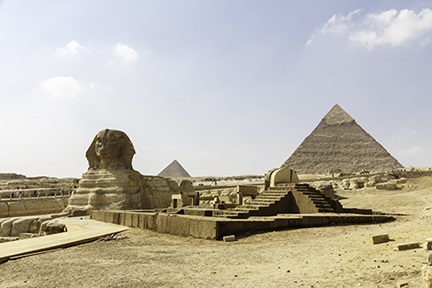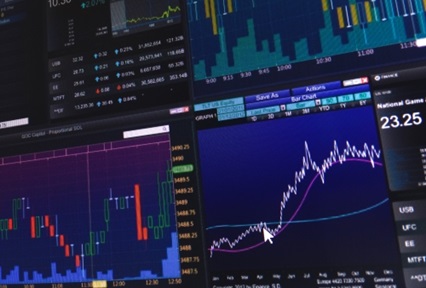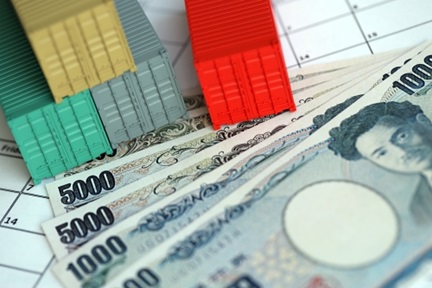Inflation shock hits Africa
How to protect the most vulnerable from rising fuel and food costs
By Amit Jain and Diya Khatri
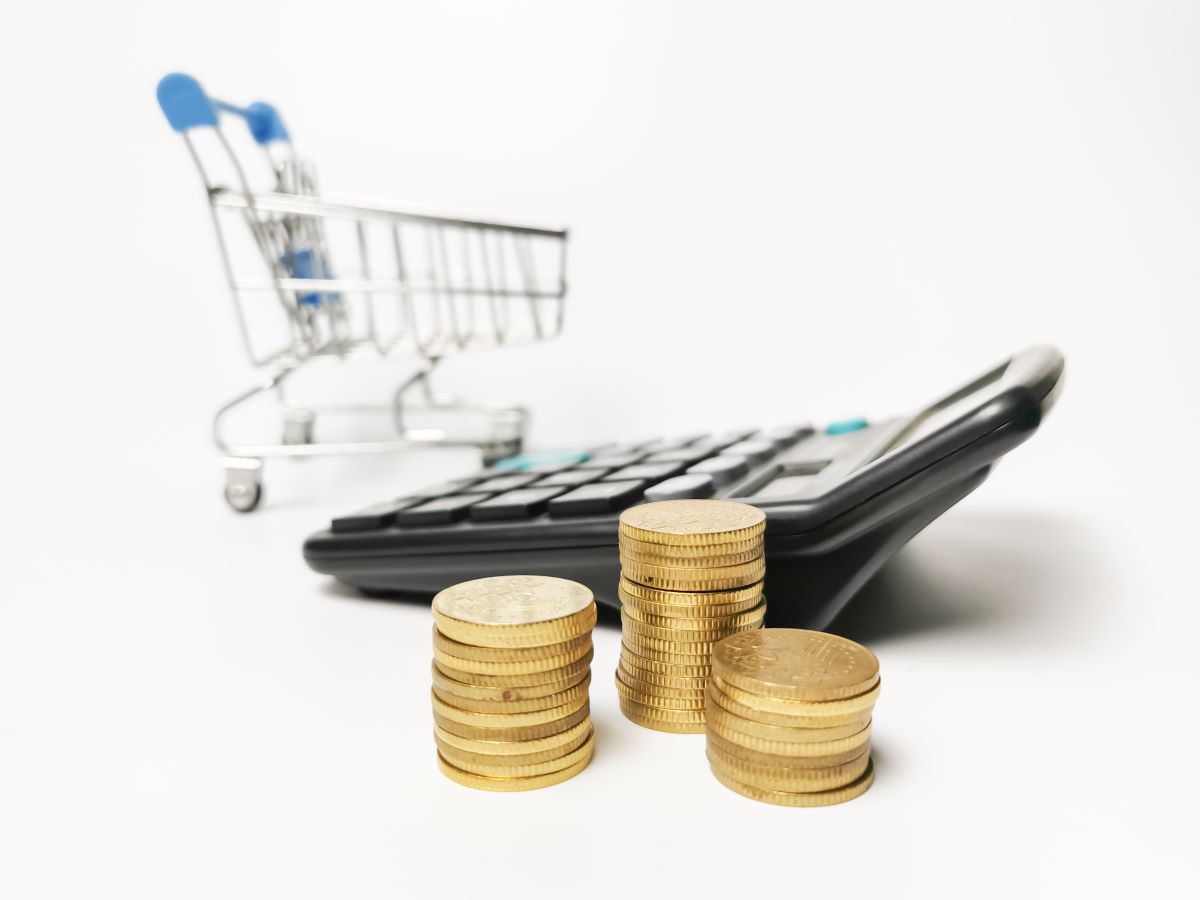
Following the COVID-19 pandemic and Russia's invasion of Ukraine, major supply shocks and substantial monetary and fiscal stimulus have propelled the world into multi-decade highs for inflation. The poorest are suffering the most painful consequences, particularly those in Sub-Saharan Africa (SSA). To paraphrase the adage, when giants sneeze, we all catch colds. Another example of the 'West' pursuing policies in their domestic interest (first, huge macro stimulus, and now dramatic monetary tightening), and the 'Rest' faces severe economic consequences.
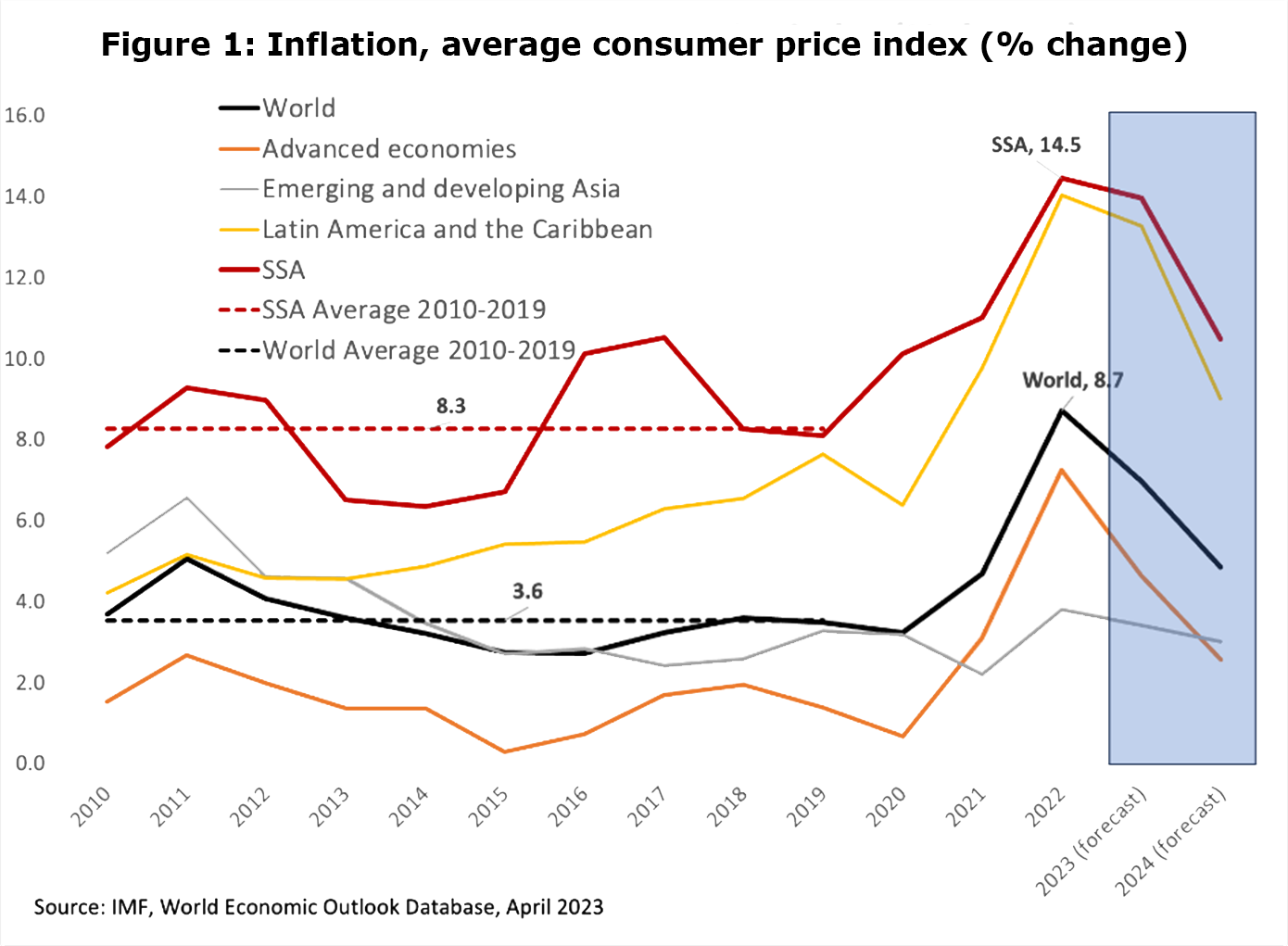
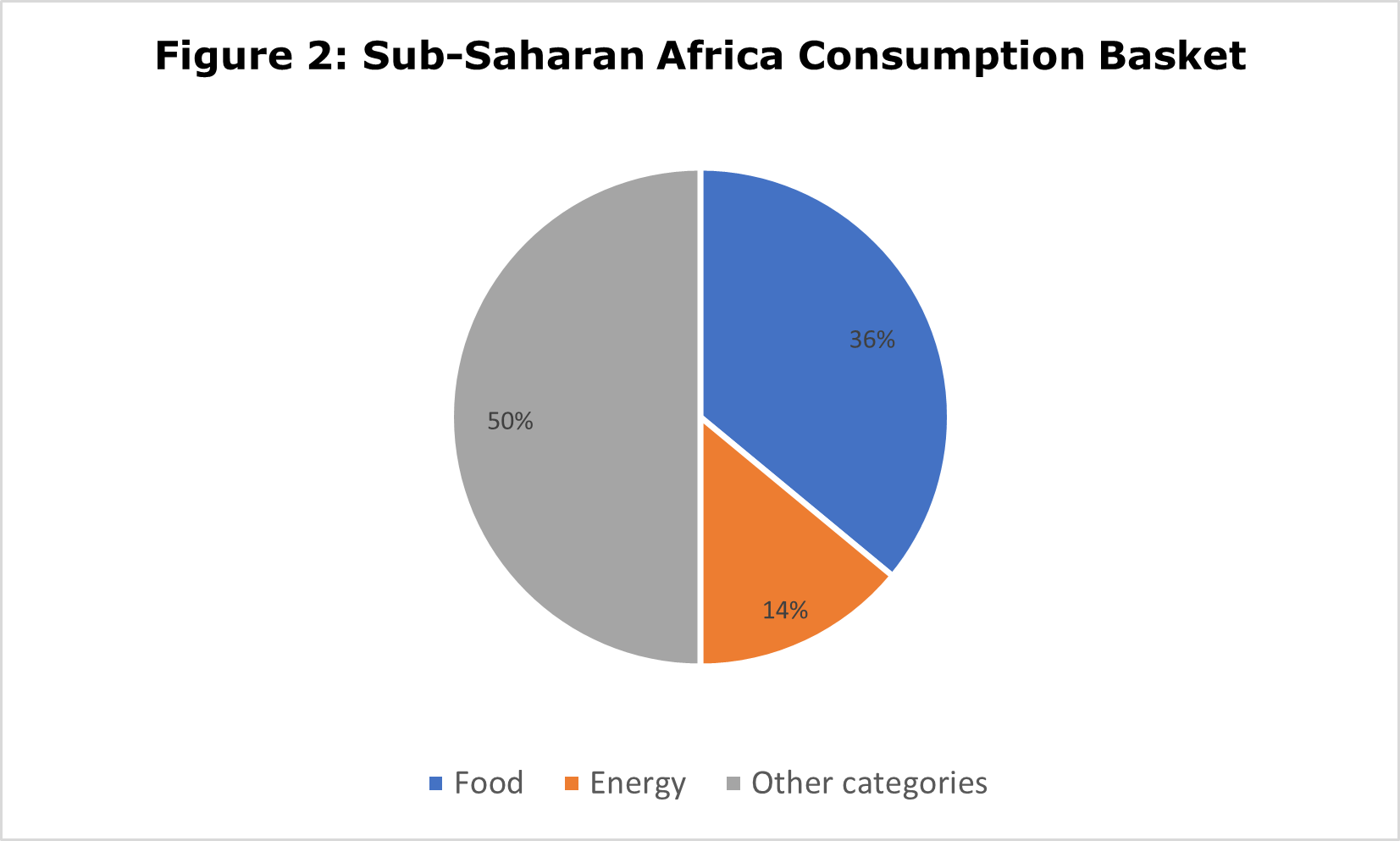
Global commodity prices and supply chain disruptions have become major drivers of inflation in SSA (IMF, 2022). To make matters worse, currencies across Africa have depreciated by as much as 7% on average against the US dollar. This has made imports more expensive and aggravated the already high debt burden – 40% of which is external.[1] As food and fuel account for half the consumption basket in SSA (versus less than 20% in Europe)[2], inflation, which averaged 13.9% in 2022 – the highest in more than a decade, has delivered three devastating blows to the poorest. First, it has wiped out the meagre incomes of the average household. Nothing erodes purchasing power more swiftly than inflation. An estimated 15 million people were driven into extreme poverty in 2022 because of food and fuel inflation.[3] Second, for the poorest, switching to alternatives is not an option. Given that food and fuel are essentials, the relative spending on these necessities has likely increased due to their price-inelasticity. Third, food insecurity has increased. According to the World Bank, SSA entered this year (2023) with 35 million more people in acute food insecurity than at the start of 2022.
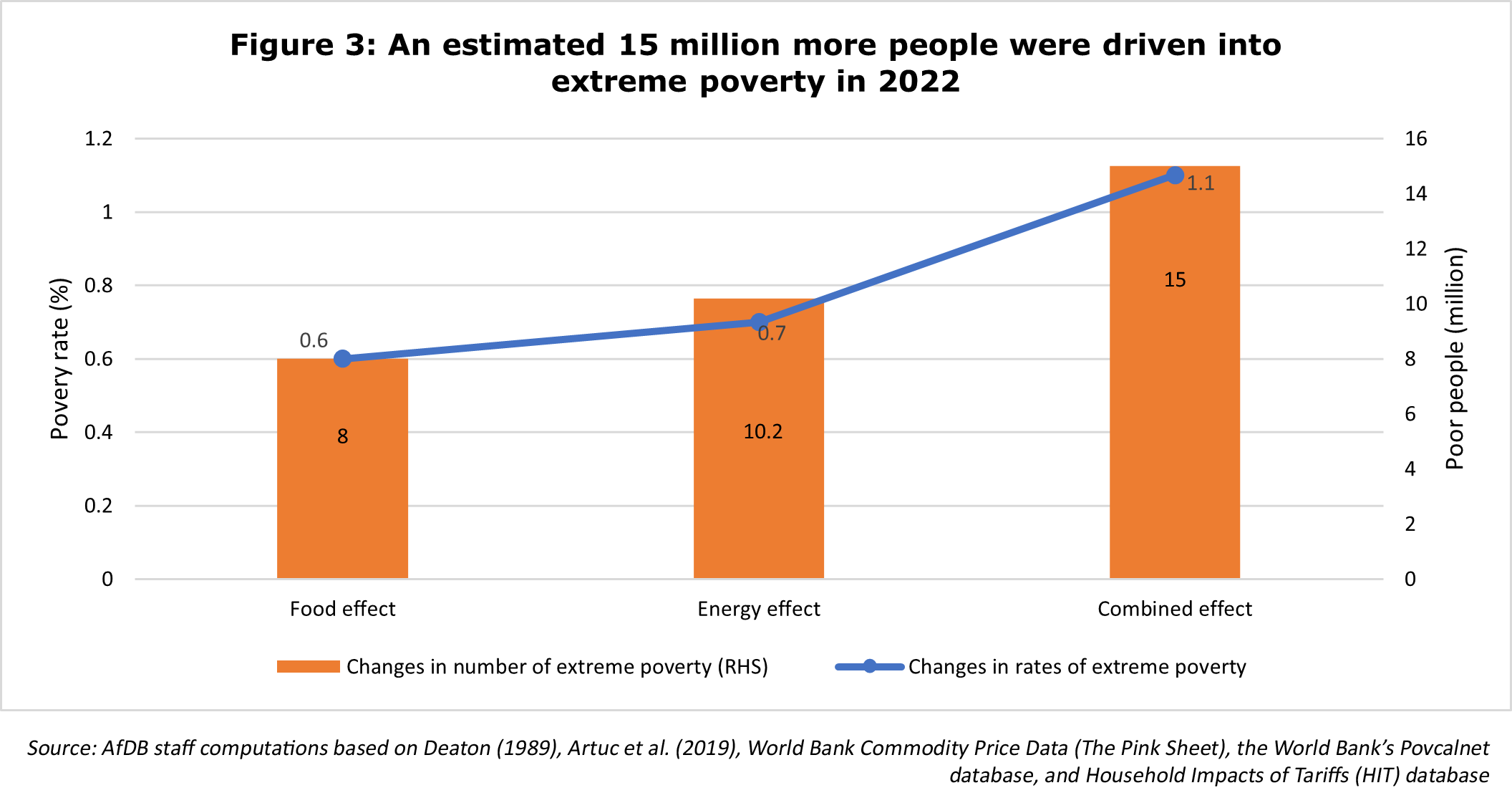
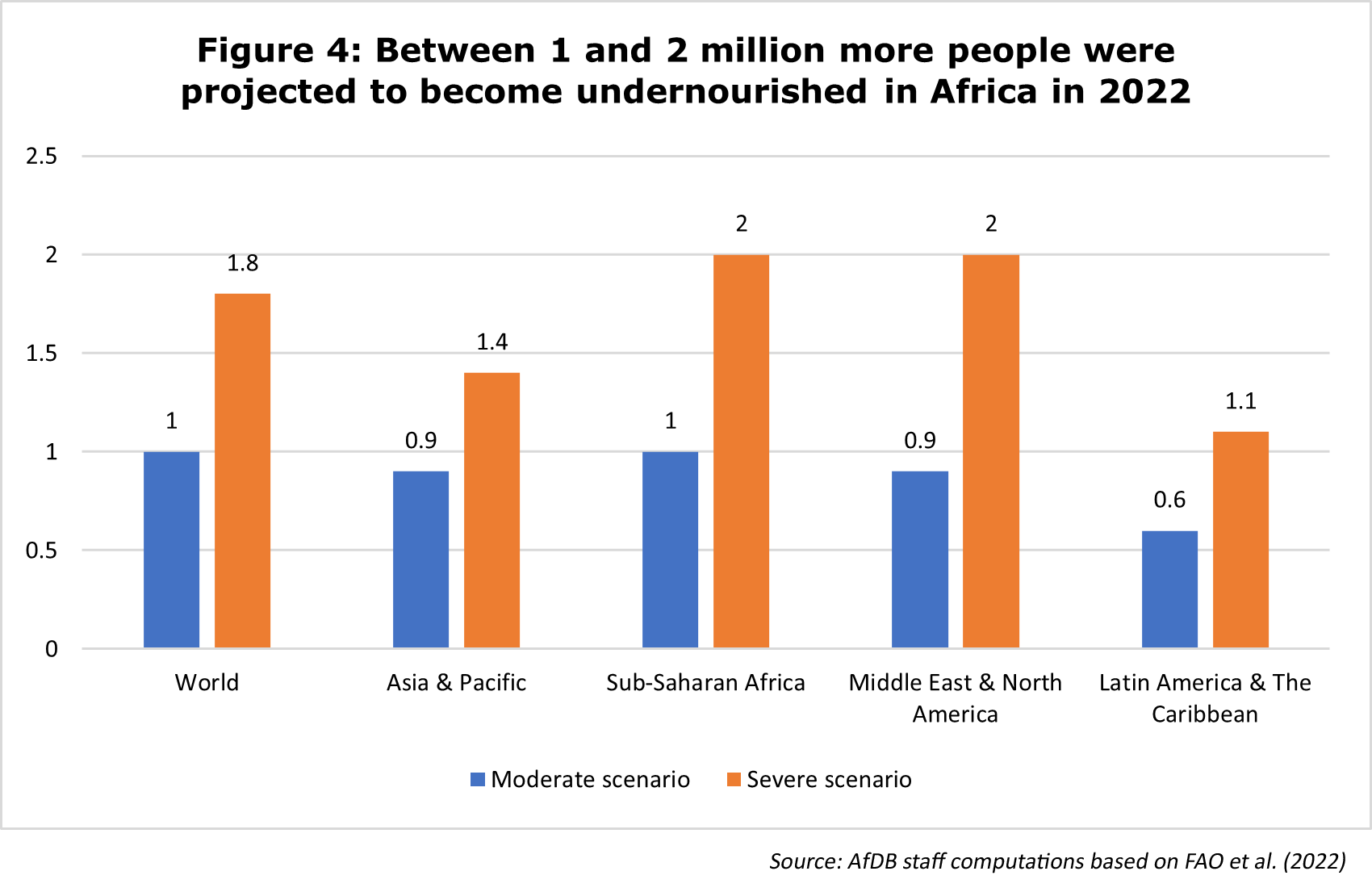 Monetary and fiscal stimulus during the pandemic was relatively limited in SSA compared to developed and emerging markets (IMF, 2021), and when faced with the sharply higher inflation, governments hiked monetary policy rates, cut taxes, and increased subsidies to support incomes. But the impact of such measures has been inadequate given the limited fiscal space available and the already high levels of debt distress. Tightening global financial conditions have had a dramatic impact on the creditworthiness of many African countries. As market conditions deteriorated, global capital fled emerging markets and bolted for safety back to the West. The US dollar's appreciation has made the debt distress in Africa worse, making it harder for them to access finance. Even in times of crisis, African countries are charged four times the interest rate that international markets typically offer OECD countries.
Monetary and fiscal stimulus during the pandemic was relatively limited in SSA compared to developed and emerging markets (IMF, 2021), and when faced with the sharply higher inflation, governments hiked monetary policy rates, cut taxes, and increased subsidies to support incomes. But the impact of such measures has been inadequate given the limited fiscal space available and the already high levels of debt distress. Tightening global financial conditions have had a dramatic impact on the creditworthiness of many African countries. As market conditions deteriorated, global capital fled emerging markets and bolted for safety back to the West. The US dollar's appreciation has made the debt distress in Africa worse, making it harder for them to access finance. Even in times of crisis, African countries are charged four times the interest rate that international markets typically offer OECD countries.

In the near term, international assistance in the form of concessional finance and debt write-offs may become necessary for the least-developed countries (LDCs). But while there are clearly some emergency situations that do call for such help, financial aid and handouts can end up creating a long-term dependency syndrome that absolves recipients from undertaking structural reforms and permanently keeps them at the mercy of donors. Those advocating most stridently in favour of Western financial assistance to Africa do so on moral humanitarian grounds, but this only perpetuates a long-held undignified view of Africa, which paints it as a continent always in need of help. There is no longer that much appetite for continued humanitarian assistance – neither with the donors, nor with the recipients. The fact is Africans are tired of handouts, and advanced countries themselves face large deficits, rising energy costs, sluggish growth, and an ageing society that is increasingly finding itself in need of aid and support.[4] The answer may be to look for alternative and innovative sources of finance that can give more fiscal room for African governments to meet their immediate food and fuel security needs while at the same time not increasing the already high debt burden. Examples include various types of green climate funds, carbon offset schemes, and fresh issues of the Special Drawing Rights (SDR) for African countries. SDRs are a form of reserve asset held by member states in the International Monetary Fund (IMF). Those countries that do not need it can be allowed to lend it to those who do at concessional rates. Given that Africa remains the richest source of renewable energy, carbon offset schemes could attract investments for the African energy sector, while giving some more time for Asia and the West to wean themselves off fossil fuels. Although controversial, the proposal has the potential to release much-needed finance that can help Africa build short-term resilience against food and fuel inflation.
Over the longer term, the only way to insulate the most vulnerable in SSA from food and fuel price shocks is building multi-dimensional resilience. That comes down to:
- Boosting inclusive and sustainable growth, such that the share of food and fuel in the average consumption basket declines and shocks are less likely to drive households into poverty or worse. The agenda here is the well-understood (if less well-trodden) path of building institutions, developing human capital, developing infrastructure, and improving governance. Most importantly, inclusive growth can only come through a combination of investments – both private and public – that spur wider job creation and deliver economic growth.
- Improving food security through the establishment of strategic grain reserves, a cold chain network, a more resilient public food distribution network, reducing over-dependence on producing commodities only for exports, incentivising farmers to produce more resilient indigenous crops such as sorghum, millet, teff, and cassava, improving market infrastructure, adopting climate-smart practices, increasing public investments in irrigation, and early warning systems associated with climate.
- Increasing energy self-sufficiency, which can only happen if public investments are made in building domestic fuel reserves, refining capacity, and investments in renewable energy. The less SSA is dependent on exporting crude and importing fossil fuel, the more it will be able to withstand inflationary shocks.
- Sound fiscal management, where the state sets strong institutional safeguards against spending limited reserves on frivolous prestige projects. This means introducing constitutional provisions guaranteeing the independence of the central bank and freeing it from political interference, giving it a mandate to target inflation, laying limits on government borrowings, and building adequate hard currency reserves for rainy days.
(with inputs from HE Jean de Dieu Uwihanganye, High Commission of Rwanda to Singapore, Australia, New Zealand and Indonesia)
References
Hailemariam Dessalegn. “Food Security in Africa: Current Efforts and Challenges” Brookings, Foresight Africa 2023.
Hakura, Dalia. “Back to Basics: What Is Debt Sustainability?” International Monetary Fund. 1 Sept. 2020.
International Monetary Fund. “Fiscal Monitor Database of Country Fiscal Measures in Response to the COVID-19 Pandemic”. IMF Fiscal Affairs Department. Oct. 2021.
International Monetary Fund. “List of LIC DSAs for PRGT-Eligible Countries”. International Monetary Fund. 30 Jun. 2023.
International Monetary Fund. “Tackling Rising Inflation in Sub-Saharan Africa”. Regional Economic Outlook: Sub-Saharan Africa. Oct. 2022.
Masters, J., & Merrow , W. “How much aid has the U.S. sent Ukraine? Here are six charts.” Council on Foreign Relations. 10 Jul. 2023.
Woodruff, P. (ed.), “The Ethics of Giving: Philosophers' Perspectives on Philanthropy”. Oxford University Press. 2018.
World Bank. “Global Economic Prospects”. World Bank. June 2023.
Citations
[1] IMF
[3] AFDB 2023 Africa macroeconomic outlook
[4] The UK, for instance, has merged the Foreign and Commonwealth Office with the Department for International Development (forming FCDO).


.tmb-listing.jpg?Culture=en&sfvrsn=8636ce67_1)

